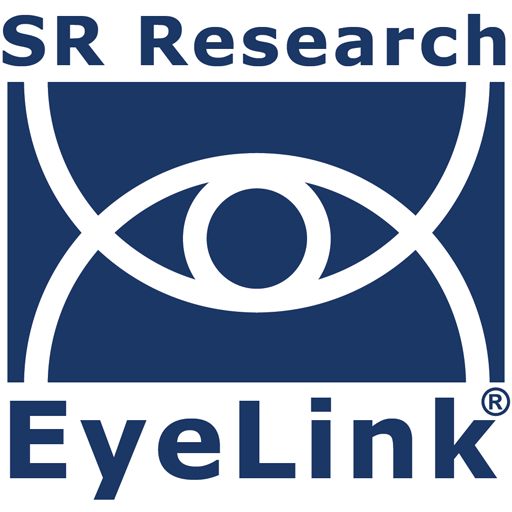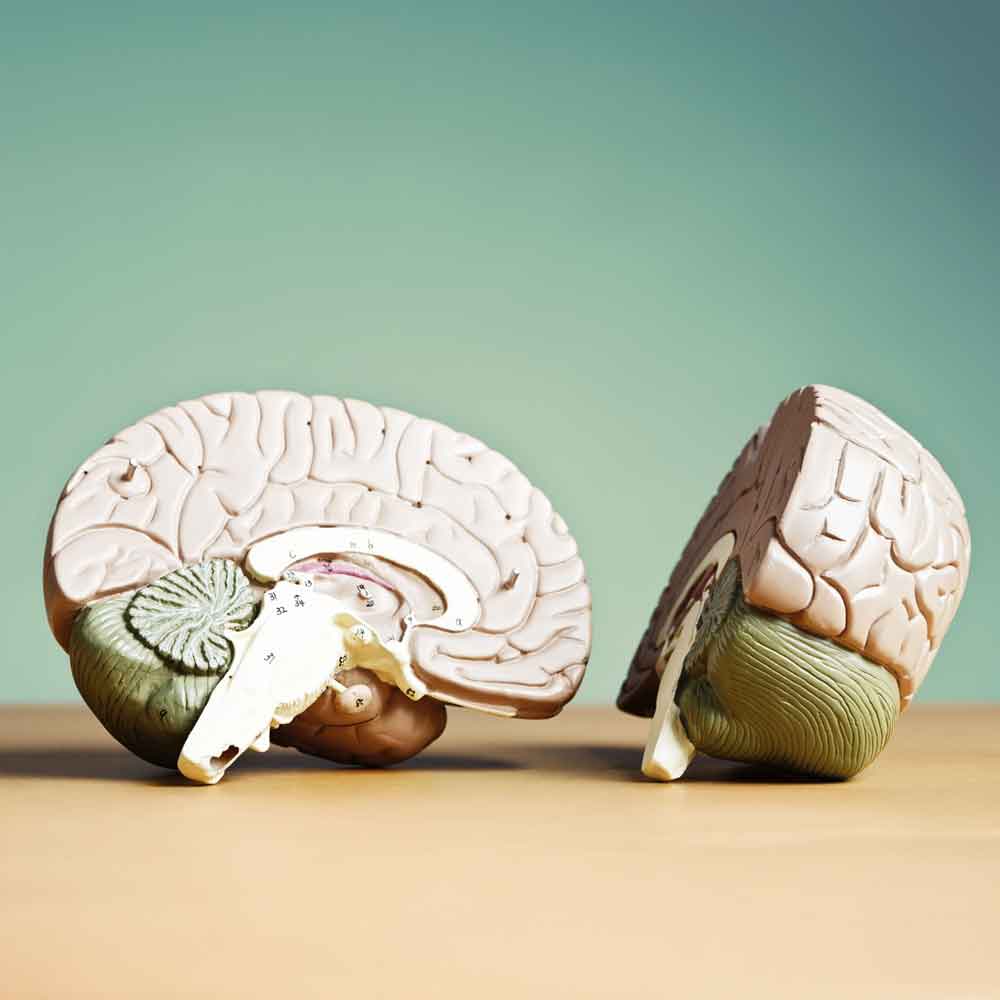
Eye tracking provides a powerful, high-resolution lens into the brain’s real-time operations. In neuroscience research, eye movements can serve as a direct proxy for covert cognitive processes like attention, prediction, and memory. Scientists link these precise motor outputs to underlying neural circuits, revealing how the brain perceives and interacts with the world.
Benefits of EyeLink Eye Trackers in Neuroscience Research
For the temporal and spatial precision demanded by cutting edge neuroscience research, the EyeLink 1000 Plus and EyeLink Portable Duo are the best eye trackers in the field. The EyeLink 1000 Plus offers exceptional data quality and is optimized for integration with neuroimaging techniques like fMRI, MEG, fNIRs, and EEG, allowing for the direct correlation of gaze and neural activity. The EyeLink Portable Duo provides flexibility for studies outside traditional labs. The recently developed EyeLink 3 provides both eye and head movement data, allowing researchers to explore the neur
This hardware supports critical areas of eye tracking research within neuroscience research, including:
- Oculomotor Control Systems: This research examines the neural circuits in the brainstem, cerebellum, and cortex that are responsible for generating precise and rapid eye movements like saccades and smooth pursuit.
- Visual and Sensory Processing: By correlating eye movements with neural activity, neuroscientists study how the visual cortex processes information from the retina and how attention modulates sensory input.
- Attention and Executive Function: Eye tracking is used to investigate how brain networks, particularly in the frontal and parietal lobes, control the voluntary allocation of attention and suppress distracting information.
- Memory and Learning: This research analyzes gaze patterns to understand how the hippocampus and related structures support memory, as eye movements often spontaneously return to the locations of previously seen but now absent objects.
- Neurological / Psychiatric Disorders: Neuroscientists study characteristic eye movement deficits, such as impaired smooth pursuit, to identify biomarkers and understand the progression of diseases like Schizophrenia, Parkinson’s, Alzheimer’s, and ALS.
- Brain Development: By tracking the eye movements of infants, researchers study the maturation of cortical and subcortical pathways involved in visual attention and motor control during early life.
- Decision Making: This research tracks eye movements as a choice is being made to understand how brain regions involved in valuation and reward, such as the orbitofrontal cortex, guide visual sampling of options.
Case Study Examples of EyeLink Eye Trackers in Neuroscience Research
Software Integration with EyeLink Eye Trackers
EyeLink systems integrate flawlessly with a suite of powerful software. Experiment Builder ensures the precise temporal synchronization of stimuli and events, which is critical for neuroimaging. WebLink facilitates screen recordings, while Data Viewer provides detailed analysis tools for isolating events that can be time-locked to neural data. The eye trackers are also fully compatible with third-party software standard in neuroscience research, including MATLAB, E-Prime, and PsychoPy.
Experiment Builder has templates that facilitate a large number of tasks that are often used in neuroscience research, including:
- Antisaccade Task: In this paradigm, participants look in the opposite direction of a suddenly appearing visual target. The task is often used to measure inhibitory control and the function of the dorsolateral prefrontal cortex.
- Smooth Pursuit: Participants follow a smoothly moving target with their eyes, which assesses the integrity of visuomotor pathways, particularly those involving motion perception and the cerebellum and brainstem.
- Memory-Guided Saccade Task: This paradigm requires a participant to remember the location of a briefly flashed target and look to that location after a delay, which directly probes spatial working memory and the activity of the prefrontal cortex.
- Pupillometry: Changes in pupil diameter in response to cognitive tasks or stimuli to provide a non-invasive index of locus coeruleus activity and cognitive arousal.
- Saccadic Adaptation Paradigm: The target of an eye movement shifts mid-flight, forcing the motor system to adjust, which measures the role of the cerebellum in motor learning and calibration.
- Visual Search Tasks: A participant must find a target among a set of distractors, and their eye movements are tracked to study the neural mechanisms of attentional selection governed by the frontal and parietal lobes.
- Fixational Eye Movement Task: Participants hold their gaze as steady as possible on a single point, which is used to measure fixation stability and the frequency of microsaccades and drift. The task is used to assess the function of brainstem circuits that can be affected by neurological disorders.
Common Eye Tracking Measures in Neuroscience Research
The unparalleled precision of the EyeLink platform provides neuroscientists with the robust data necessary to connect eye movements to their neural underpinnings. Common eye tracking metrics reported in neuroscience research include:.
- Saccade Peak Velocity: The maximum speed reached during a saccadic eye movement evaluates the health of the brainstem saccade generators, which can be affected by neurological disease.
- Saccade Amplitude / Accuracy: The precision with which an eye movement lands on its intended target assesses the function of the cerebellum and cortical areas involved in motor control.
- Smooth Pursuit Gain: This metric calculates the ratio of eye velocity to target velocity during a tracking task, and measures visuomotor control and cerebellar function.
- Pupil Diameter: Changes in pupil size provides a non-invasive index of the brain’s locus coeruleus-norepinephrine system, reflecting cognitive load and arousal.
- Antisaccade Error Rate: The frequency of failing to inhibit a reflexive glance toward a stimulus assesses prefrontal cortex function and inhibitory control.
- Microsaccade Measures: The frequency, direction and amplitude of miniature, involuntary eye movements during fixation measures the neural mechanisms of covert attention and visual stability.
For information regarding how SR Research products can help your research, please contact us. We are happy to help! To see peer-reviewed published research with EyeLink eye trackers, see our list of over 13,000 publications or our sample of case studies.





